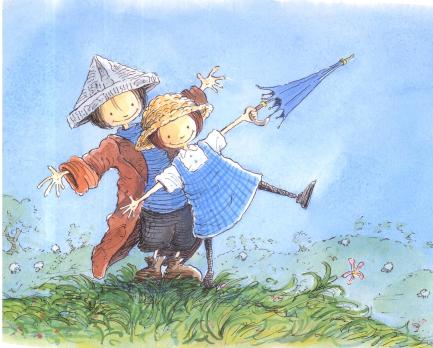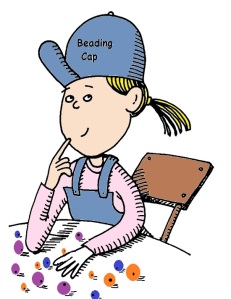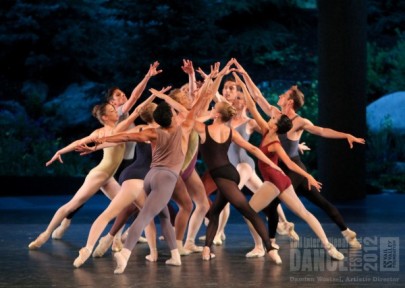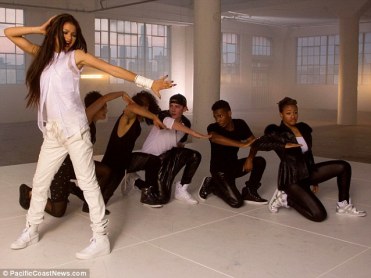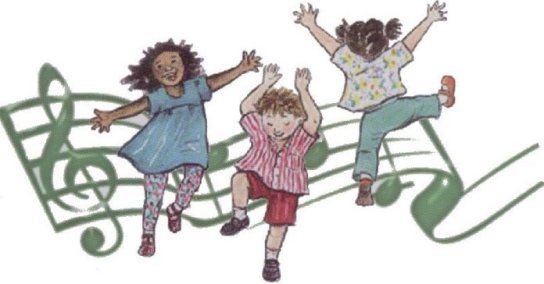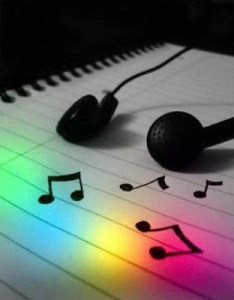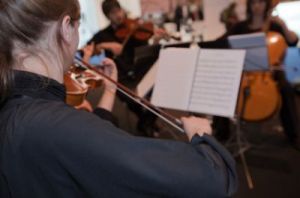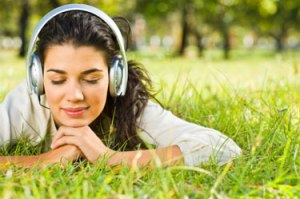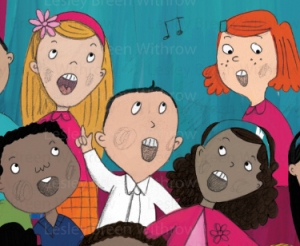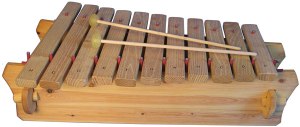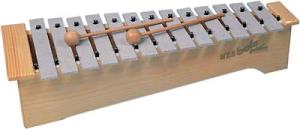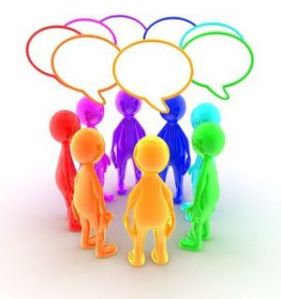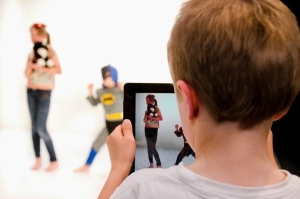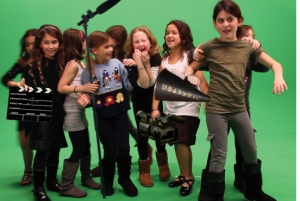The final dance tutorial held a focus around dance pieces which tell a particular story, as well as exploration of the incorporation of other KLAs into dance.
One of the stimuli was the book “Henry and Amy”, with a focus on contrasts between the two characters. Through peer led dance sequences and warm up, movements relating to the contrasts were explored.
As well as a strong literacy connection being implicit throughout the learning experiences explored today, drama could also be incorporated. Through the telling of a story using the elements of dance, movements are used to communicate narrative or theme and getting into role according to this can enhance the effect of the movements to further enrich and illustrate the performance.
As discussed by Ewing and Simons (2004), drama can be used to explore concepts and allow students to get a sense of perspective through the embodiment of a particular character or event. (Ewing and Simons, 2004). This can work well interworked alongside dance, to create truly interesting and memorable learning experience for students.
References
Ewing, R. and Simons, J. (2004). Beyond the Script Take Two: Drama in the Classroom. Newtown, N.S.W.: Primary English Teachers Association.
Werrington Library. (2011). Henry and Amy. [Image]. Retrieved from: http://werringtonlibrary.pbworks.com/f/1285843420/Henry%20and%20Amy.jpg
